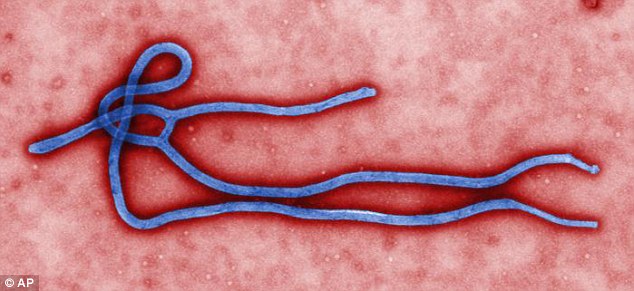We don’t need to talk about Ebola and how it has frightened the whole world. However, it sure excites us to tell you that a new sensor has been introduced that is capable of detecting the infamous disease in less than 30 minutes in blood sample.
According to a team of experts, the gadget can be used by anyone and is about the size of a shoebox. It can also be shipped to West Africa in hopes to enable them to monitor the spread of this disease. The gadget works by using reflection of light and has proven itself quite capable and effective when it comes to identifying Ebola virus.
As of now, the containment of Ebola is proving to be a difficult task owing to the fact that the cost and trouble of confirming an Ebola patient on first visit is too high. The traditional approach of identification using fluorescent label-based virus detection system makes use of lab equipment that is on the high cost end, demands a lot of time for sample preparation while also requiring a lot of training to operate and use the system.
A Boston University research team has been focusing on this problem for the past five years and has recently claimed that their device is fully capable of diagnosing Ebola along with other hemorrhagic fever diseases in countries that have limited resources. The team has demonstrated the capabilities of the gadget where it was proven that the gadget is able to detect multiple viruses simultaneously within the blood stream including Ebola and Marburg viruses.
The research was funded by National Institute of Health and has been published in the May 2014 ACS Nano. Ünlü, an ENG Associate Dean for Research and Graduate programs, said that the biological samples may very well contain a mixture of proteins, viruses and bacteria. He explained, “Others have developed different label-free systems, but none have been nearly as successful in detecting nanoscale viral particles in complex media. Leveraging expertise in optical biosensors and hemorrhagic fever diseases, our collaborative research effort has produced a highly sensitive device with the potential to perform rapid diagnostics in clinical settings.”
The traditional methods for sample preparation requires about an hour followed by almost two hours or even more for the method of processing, however, this BU prototype is capable of delivering results in almost an hour. Connor is a researcher at the University’s National Emerging Infectious Diseases Laboratories (NEIDL) and thinks, “By minimizing sample preparation and handling, our system can reduce potential exposure to health care workers. And by looking for multiple viruses at the same time, patients can be diagnosed much more effectively.”
The gadget has been named as Single Particle Interferometric Reflectance Imaging Sensor (SP-IRIS) and is powerful enough to detect pathogens through a multi-color LED source that shines light onto the viral nano-particles attached to the surface of the sensor via a coating of antibodies. In the presence of a particle, the interference of light is affected and this results in a signal that is distinct and can tell the size and shape of each viral particle.
SP-IRIS devices are in test phase now and are being tried at a number of labs such as Biosafety Level 4 (BSL-4) lab, located at the University of Texas Medical Branch. The team speculates that a market ready product will be available in about 5 years.

